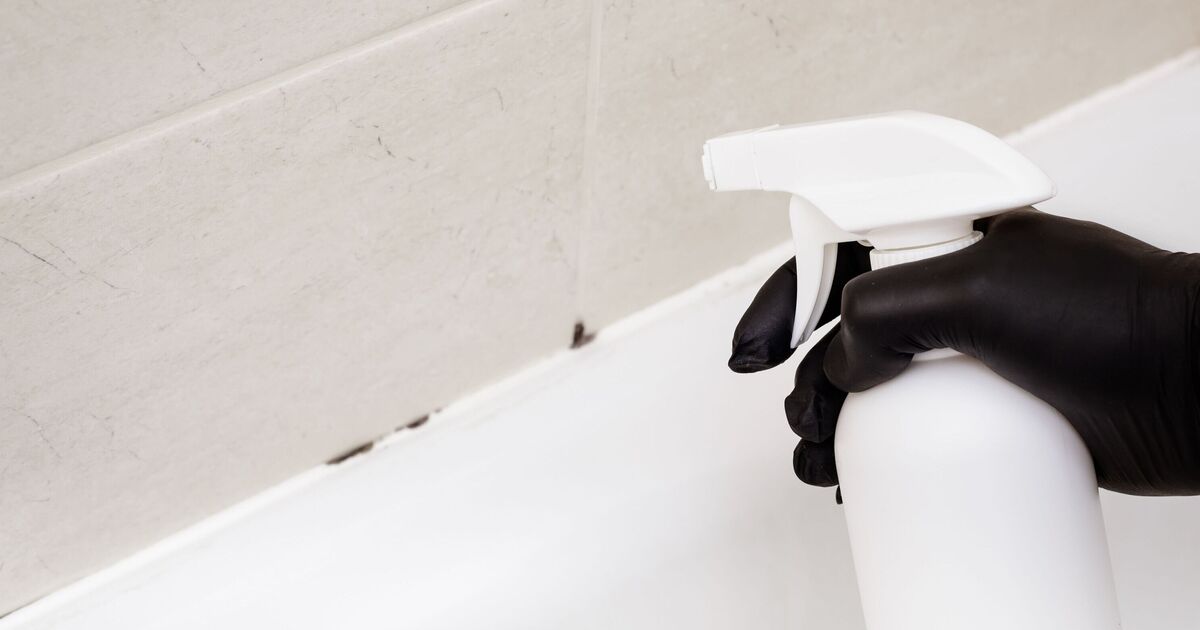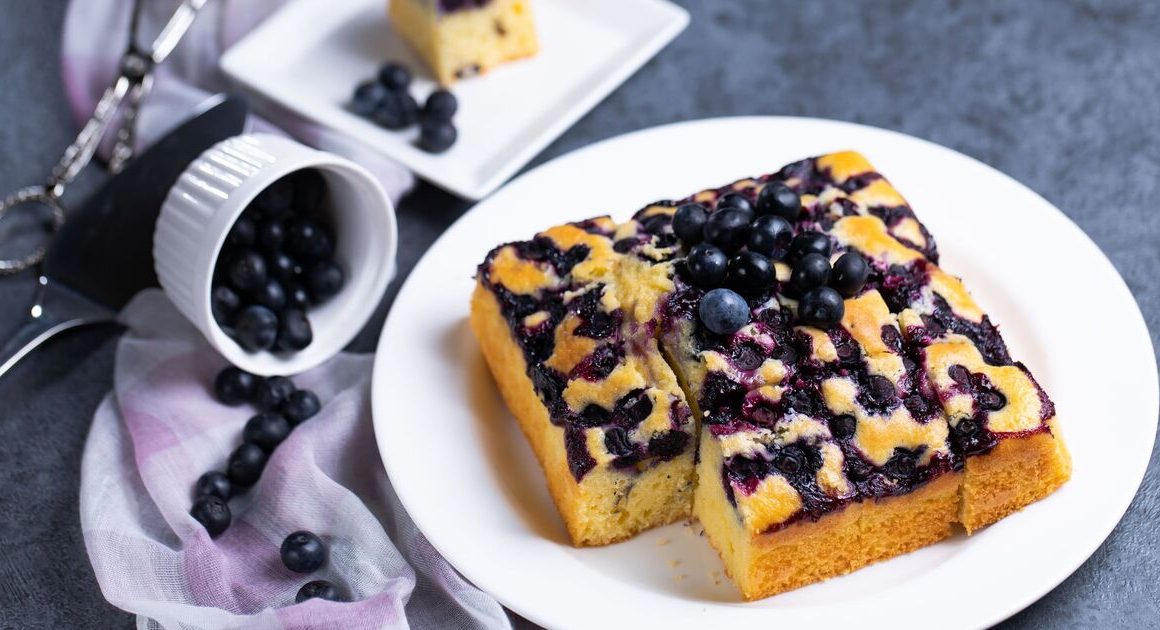White vinegar is a household favourite when it comes to cleaning, and for good reason – it’s cheap, effective and versatile, helping you reduce the number of chemicals in your home.
Its acidic nature can dissolve and tackle stains, making them easier to remove, but its uses don’t end there. It also doubles as a homemade fabric softener, window cleaner and potent kettle descaler.
When mixed with baking soda, the chemical reaction is handy for clearing any drain blockages, as long as you use it regularly. However, vinegar isn’t suitable for every surface. It’s potent enough to cause damage in some cases.
Sophie Officer, co-owner of the cleaning company Dustpan & Brush, has expressed her love for white vinegar but warns that there are five areas where this liquid should “never be used”.
She stated: “As the owner of Dustpan and Brush, my eco-friendly cleaning business that I’ve been running for over a decade, I can confidently say that using vinegar in cleaning forms a foundational part of how we can effectively and quickly clean spaces.
“However, it’s important to note that vinegar is not a one-size-fits-all cleaning product. Certain materials, surfaces, and appliances can be damaged by its acidity.”
1. Natural stone
Vinegar is acidic and can “etch or dull the surface” of natural stone, particularly those of marble, limestone and granite.
She cautioned: “The acid in the vinegar will react with the minerals in the stone, leading to visible damage over time and a wearing down of the sealant, and eventually the stone itself. Always be cautious with these surfaces and be certain to never use vinegar.”
Instead, Sophie suggests opting for a pH-neutral stone cleaner specifically designed for natural stone. But if that’s off the table, there’s “another fantastically effective eco-friendly alternative” – a mix of pH-neutral natural soap like castile with water, at a ratio of one to three.
2. Hardwood floors
Vinegar should also be avoided where hardwood floors are concerned. Its acidity can “strip away the finish”, whether varnish or polish, harming the protective sealant and leaving floors “susceptible to water damage, warping, and discolouration”.
For wood surfaces, she advised to “ditch the vinegar and opt for a hardwood floor cleaner” which cleans while protecting the wood’s finish.
Alternatively, for an eco-friendly solution, she recommends using a simple blend of mild dish soap and water. Paired with a sturdy mop, this homemade concoction will “effectively clean hardwood floors without damaging them”.
3. Home appliances
The acidic quality of vinegar could also wreak havoc on home appliances by harming sensitive electronic components and corroding metal surfaces.
In most cases, a simple soft, dry cloth for dusting will suffice. If an appliance requires more thorough cleaning, ensure it’s completely unplugged first.
Then, lightly moisten a microfibre cloth with water or a very mild dish soap to clean up the mess. Finish with a dry cloth and leave it unplugged for 24 hours before reconnecting.
4. Grout
Despite vinegar being recommended for cleaning tile surfaces, it “should be avoided for cleaning grout lines” between tiles. Sophie cautioned: “The acidity of vinegar can break down the grout over time, leading to deterioration and potential discolouration over time.”
A “wonderful and effective mixture you can make out of typical home ingredients” is baking soda and water. A one-to-one ratio will create a paste that you can use to clean grout lines “effectively”.
5. Iron and steel cookware
Iron and steel cookware needs protection to look and function at its best and sadly, doesn’t get along well with acidity. Vinegar “will corrode and rust these items”, or “strip away any prior seasoning” on cookware such as cast iron skillets or grills.
Instead, use a non-abrasive scrubbing pad with warm, soapy water to clean iron or steel cookware and immediately reseal with a home cooking oil.
Just a thin layer all over the cooking surface is plenty, use a cloth or paper towel to wipe up any excess. This will help maintain cast iron cookware to prevent rust and maintain its non-stick properties.












